Models on magazines are often so perfect, you would think they aren’t real. Although we know these pictures may not be 100% authentic, have you ever imagined that they are 100% fake? By fake, I mean they are not actual humans, but virtual models.
Don’t believe synthetic technology can trick you? Here, can you tell which one of the models below is an actual human being?

The answer is… Viktoria Odintsova, while the remaining 3 of them are all virtual models made by synthetic technology. Let us introduce you to them!
Shudu Gram is the first ever digital supermodel. She is created by British photographer Cameron-James Williams in 10-year time. Her brown skin and full Kylie Jenner lips with a slender body shape have attracted 157.5K fans on Instagram. Shudu always attends campaigns of prestigious brands, just like real life models.
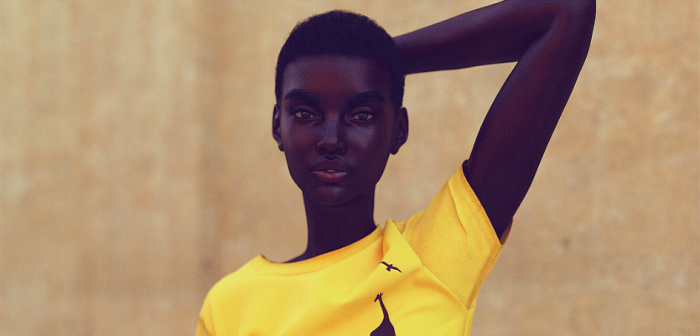
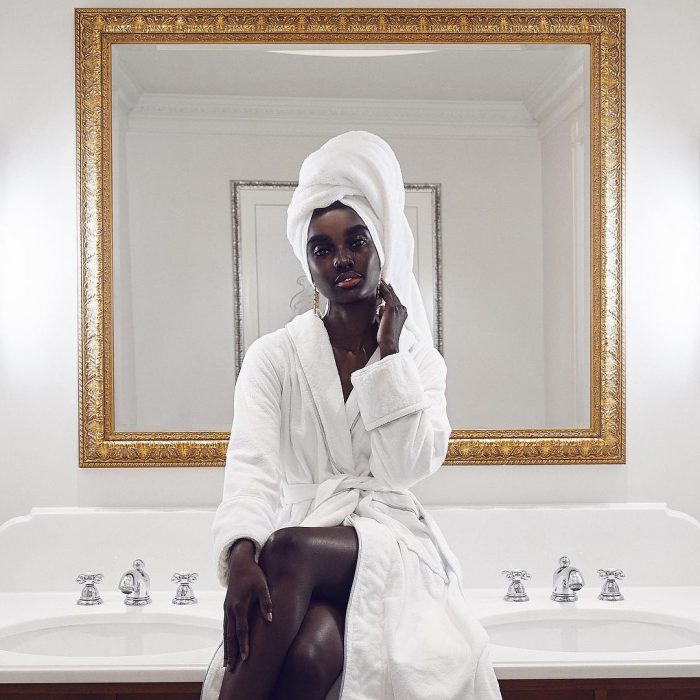
Lil Miquela is created by a Los Angeles startup, Brud. Not only is she a model, she is also a musician with 1.5M followers on Instagram. She was named as the ‘most influential people on the Internet’ by Time alongside Donald Trump, Rihanna and Kanye West. Therefore, virtual avatars can actually compete with, if not outshine, supermodels.
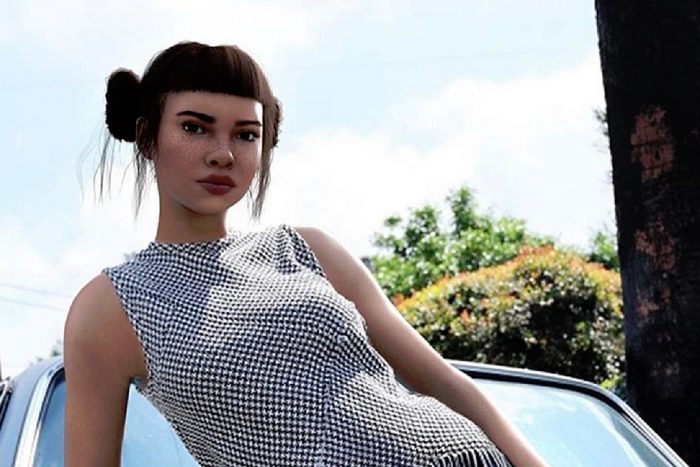
Like Shudu Gram, Miquela wears branded products including those from Chanel, Balenciaga, Supreme and Off-White to events. For the sharp fashion sense of hers, tons of fashion brands wish to collaborate with her. So, she is no stranger on magazines.
Miquela is an extrovert. She is friends with different influencers. She once posted a picture of her having lunch with Margaret Zhang on Instagram. She interacts with her fans in the comment sections. She comments on recent social issues, for instance, regulations concerning gun laws.
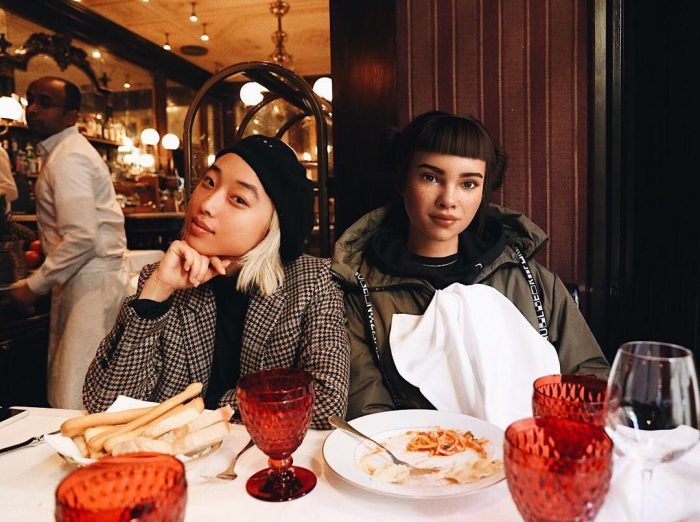
Regardless of appearance, outfits and lifestyles, Miquela is no different from other ‘KOLs’ (Key Opinion Leaders). The designers and developers of Miquela hope to bring out the message- everything you see on the Internet, what is real and what is fake?
Imma has pink short hair, doll-like face and to top it off, she puts on Japanese-style makeup. Posting street snaps on Instagram and Twitter, she has a massive number of followers. While in fact, she is another virtual model by Japanese CG company, ModelingCafe. Her name, Imma, comes from the Japanese word ‘ima’ which means ‘now’, through which ModelingCafe hopes to imply technology is the current trend at the moment.
Well, indeed, it is.
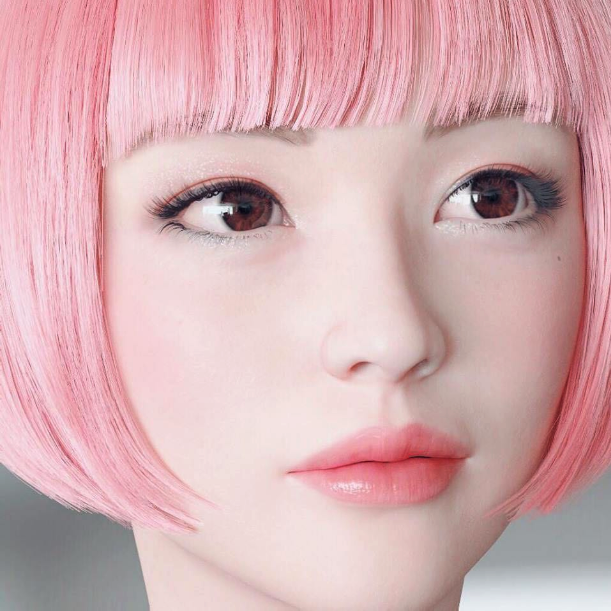
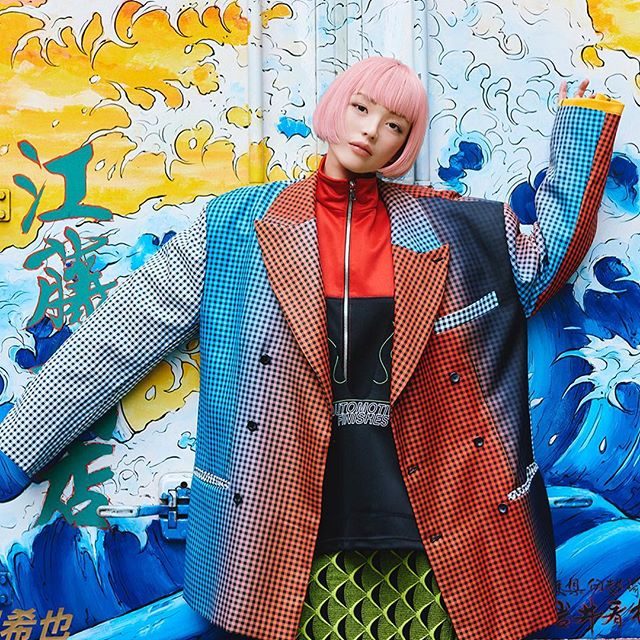
But before the 3 of them overwhelmed the fashion industry, Prada has actually collaborated with Final Fantasy in 2012. Characters from Final Fantasy were starred in Prada’s spring sports collection.
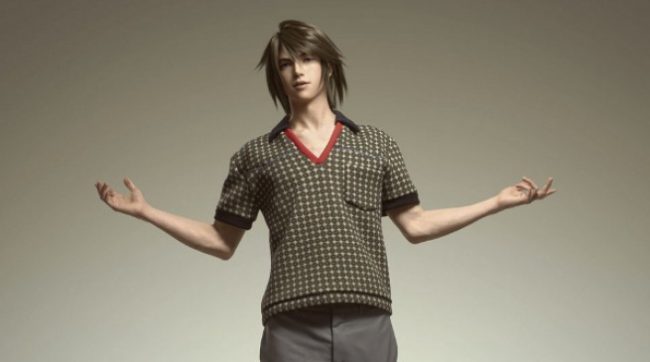
Later in 2016, Louis Vuitton believed that the female protagonist of Final Fantasy, Lighting, and her image as a heroine aligned with their philosophy. Lighting then became their endorser.
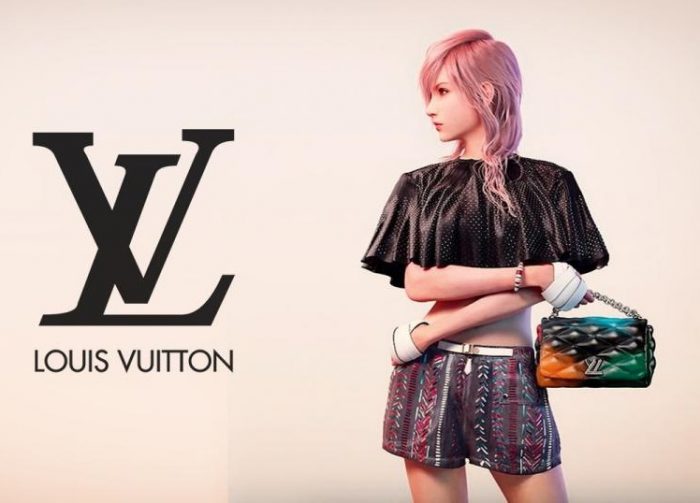
In Balmain’s recent campaign, the ‘Balmain Army’ are featured. The Army consists of 3 virtual influencers, Shudu, whom we mentioned above, Margot and Zhi. After entering details of products, the programmes generate the outfits on the models. There, we have the super virtual models in Balmain’s collection.
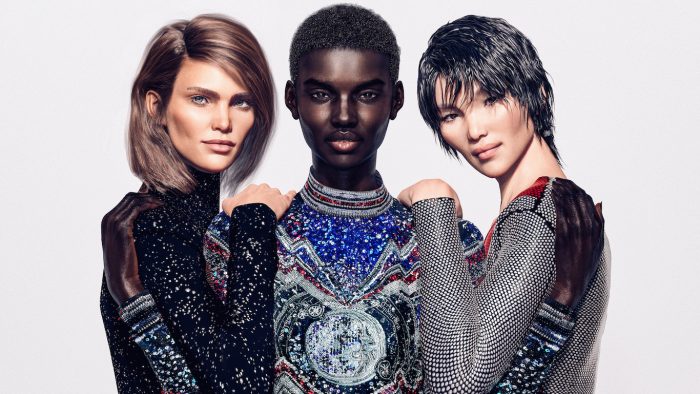
Nonetheless, implementing digital models is a controversial issue. Some supported the possibility of diversity. At the same time, critics expressed concerns in terms of competition in the modelling field and the beauty standard among general public. Admittedly, the flawless virtual influencers have their edges over real life models. On the other hand, such edges set a harsh standard of beauty for the society to follow. Technology, as usual, is a double-edged sword.



